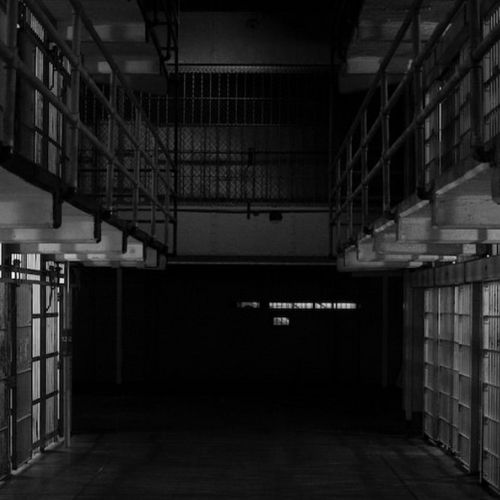The what, where and why of high recidivism rates of U.S. criminals
Nov 23, 2022 · 2 mins read
0
Share
Recidivism is when a convicted criminal repeats their crime after release from prison. According to a 2022 report in worldpopulationreview.com, the U.S. has some of the highest recidivism rates in the world. But that makes sense considering the U.S. has the highest prison population of any country.
Save
Share
The reported United States rate is 70% of criminals being arrested again within 5 years of release. Compare that to Norway with the lowest reported rate of 20% reoffending within 5 years of release.
Save
Share
These five states were reported as having the highest recidivism rates (within 3 years or release): Delaware - 64.50%. Alaska - 63.20%. Arkansas - 57.00%. Colorado - 50.00%. Rhode Island - 50.00%
Save
Share
The five states with the lowest repeat offense rates were: Oklahoma - 25.00%. Florida - 24.50%. South Carolina - 24.50%. West Virginia - 24.00%. Virginia - 23.40%.
Save
Share
Which types of crimes are most often repeated? Reports vary but prisonpolicy.org (a 2014 report) listed these crimes as the top 5:
1. Property 2. Drug 3. Public order 4. All violet crime 5. Rape/sexual assault
Save
Share
Why do offenders repeat? The US Dept. of Justice credits, in part, a lack of resources or ability to find resources that could help prisoners reintegrate into the general population. Unemployment and lack of other basic needs like a home and food can also contribute.
Save
Share
Harvard Political Review (8/1/21) said: “Recidivism clogs the criminal justice system. Without employment opportunities and bare necessities such as housing, food, or clothing, successful reentry into society seems nearly impossible for former prisoners.”
Save
Share
They suggest the answer to lowering recidivism lies in rehabilitation in prison, focusing on mental health care, education opportunities and job connections.
Save
Share
One striking stat from that review was on mental health. The report states, “unhealthy minds can’t make healthy choices,” and that 37% of prisoners have been diagnosed with a mental health illness while 66% of prisoners reported receiving no mental health care in prison.
Save
Share
Unfortunately, recidivism rates are often cyclical - causing more strain on prison systems, reducing resources that could be used for that rehabilitation. Most reports agreed: If implemented, mental illness care and education are potential ways of reducing further crime.
Save
Share
0
